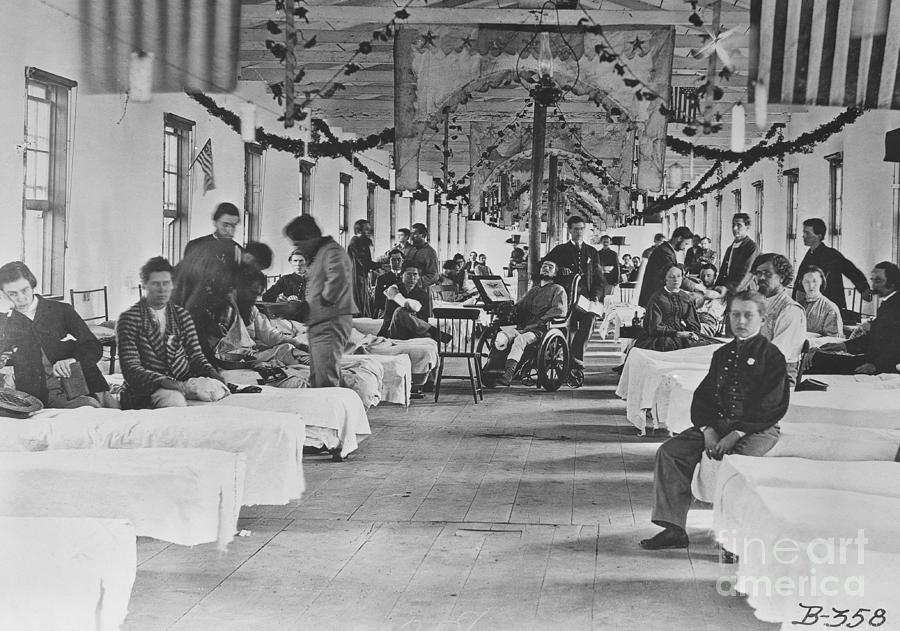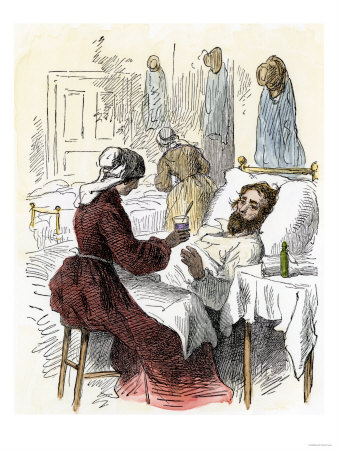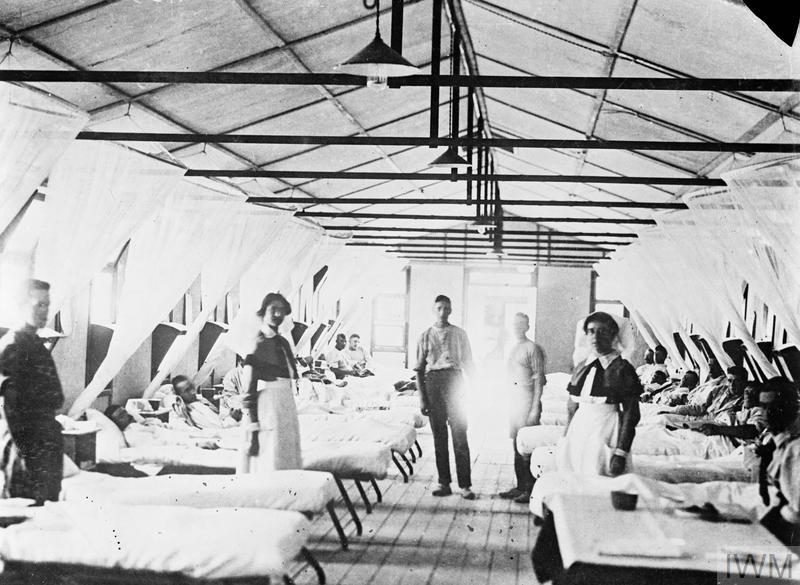


Leaving Scotland, John Paul commanded a London-registered vessel named Betsy, a West Indiaman mounting 22 guns, engaging in commercial speculation in Tobago for about 18 months. The house of John Paul Jones in Fredericksburg, Virginia, inherited from his brother William The man who died of his injuries was not a usual sailor but an adventurer from a very influential Scottish family. The local governor encouraged John Paul to leave the area and change his name while on bail. The negative effect of this episode on his reputation is indisputable. He was imprisoned in Kirkcudbright Tolbooth but later released on bail. John Paul was arrested for his involvement in the man's death. These claims were initially dismissed, but his favorable reputation was destroyed when the sailor died a few weeks later. He led two voyages to the West Indies before running into difficulty.ĭuring his second voyage in 1770, John Paul had one of his crew flogged after trying to start a mutiny about early payment of wages, leading to accusations that his discipline was "unnecessarily cruel". Paul managed to navigate the ship back to a safe port, and in reward for this feat the vessel's grateful Scottish owners made him master of the ship and its crew, giving him ten percent of the cargo. John Paul's career was quickly and unexpectedly advanced during his next voyage aboard the brig John, which sailed from port in 1768, when both the captain and a ranking mate suddenly died of yellow fever. He found his own passage back to Scotland and eventually obtained another position. In 1768, he abandoned his prestigious position on the profitable Two Friends while docked in Jamaica. Virginia was the destination of many of the younger Paul's voyages.įor several years, Paul sailed aboard a number of merchant and slave ships, including King George in 1764 as third mate and Two Friends as first mate in 1766. Paul's older brother William Paul had married and settled in Fredericksburg, Virginia. John Paul started his maritime career at age 13, sailing out of Whitehaven in the northern English county of Cumberland as apprentice aboard Friendship under Captain Benson. His parents married on November 29, 1733, in New Abbey, Kirkcudbrightshire. John Paul (he added "Jones" later in life) was born on the estate of Arbigland near Kirkbean in the Stewartry of Kirkcudbright on the southwest coast of Scotland. The birthplace and original home of John Paul Jones in Arbigland, southern Scotland Left without a command in 1787, he joined the Imperial Russian Navy and obtained the rank of rear admiral. Navy ships stationed in France, led one failed assault on Britain, and several attacks on British merchant ships. After having killed one of his mutinous crew members with a sword, he fled to the Colony of Virginia and around 1775 joined the newly founded Continental Navy in their fight against the Kingdom of Great Britain in the American Revolutionary War. Jones was born and raised in Scotland, became a sailor, and served as commander of several merchantmen. As such, he is sometimes referred to as the "Father of the American Navy" (a sobriquet he shares with John Barry and John Adams ).

He made many friends among U.S political elites (including John Hancock and Benjamin Franklin ) as well as enemies (who accused him of piracy), and his actions in British waters during the Revolution earned him an international reputation which persists to this day. John Paul Jones (born John Paul July 6, 1747 – July 18, 1792) was a Scottish-American naval captain who was the United States' first well-known naval commander in the American Revolutionary War. Naval Academy Chapel, Annapolis, Maryland


 0 kommentar(er)
0 kommentar(er)
